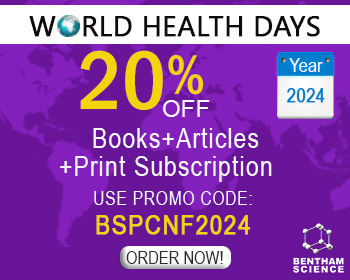Abstract
Ulcerative Colitis (UC) is an idiopathic chronic inflammation. Its etiology is still largely unknown. Environmental and genetic factors in combination with the microbial flora or specific microorganisms are thought to trigger the gut inflammation, leading to the activation of the intestinal immune response. Immune and non-immune cells create a cross talk via the secretion of soluble mediators and expression of cell adhesion molecules, resulting in further cell activation. Mediators such as cytokines and chemokines play a key role in cell recruitment and polarization, intercellular signal amplification or activation and differentiation. Lack of balance between pro-inflammatory and antiinflammatory cytokines is crucial in the pathogenesis of IBD. Conventional therapy of UC quite commonly fails to avoid complications or colectomy and the therapeutic armamentarium remains still limited. New therapeutic options, such as, biological therapy, gene therapy, hematopoietic stem cell transplantation, and leucoapheresis, have been investigated recently. Biological therapy is focused on different targets involved in the inflammatory process. Several new biological drugs have been introduced in the last decade or are under investigation for the treatment of IBD. They include anti TNF-α agents, anti adhesion molecules, anti IL-12/23, anti IL-6R and more. We review the recent advances in biological therapy for UC treatment beyond the anti-TNFs.
Keywords: Ulcerative Colitis, Biologics, Anti TNF-alpha, Anti adhesion molecules, growth factors, cytokines, Anti-CD25, PPAR-gamma, Vedolozumab, Alcaforsen, Visilizumab, Abatacept, Daclizumab, Basiliximab, Rituximab, Repifermin, Tetomilast

























